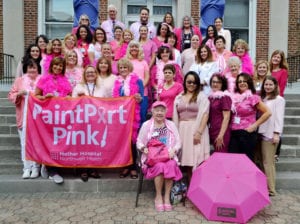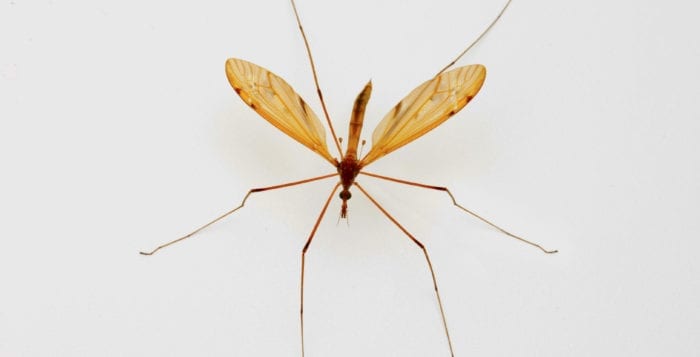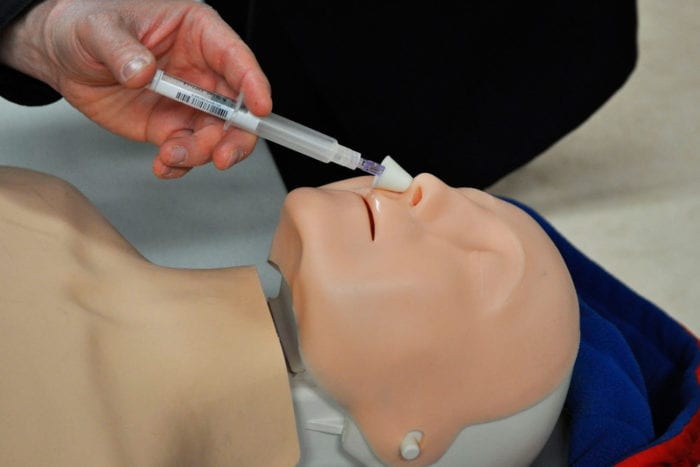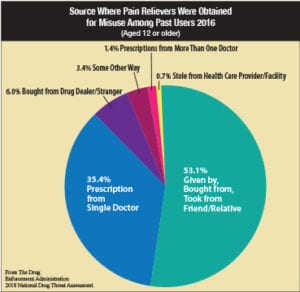The role of caffeine is still in question
By David Dunaief, M.D.

Atrial fibrillation (AFib) is a common arrhythmia, an abnormal or irregular heartbeat. Though there are several options, including medications and invasive procedures, treatment mostly boils down to symptomatic treatment, rather than treating or reversing underlying causes.
What is AFib? It is an electrical malfunction that affects the atria, the two upper chambers of the heart, causing them to beat “irregularly irregular.” This means there is no set pattern that affects the rhythm and potentially causes a rapid heart rate. The result of this may be insufficient blood supply throughout the body.
Complications that may occur can be severely debilitating, such as stroke or even death. AFib’s prevalence is expected to more than double by 2030 (1). Risk factors include age (the older we get, the higher the probability), obesity, high blood pressure, premature atrial contractions and diabetes.
AFib is not always symptomatic; however, when it is, symptoms include shortness of breath, chest discomfort, light-headedness, fatigue and confusion. This arrhythmia can be diagnosed by electrocardiogram (ECG), but more likely with a 24-hour Holter monitor. The challenge in diagnosing AFib is that it can be intermittent.
There may be a better way to diagnose AFib. In a study, the Zio Patch, worn for 14 days, was more likely to show arrhythmia than a 24-hour Holter monitor (2). The Zio Patch is a waterproof adhesive patch on the chest, worn like a Band-Aid, with one ECG lead.
There are two main types of AFib, paroxysmal and persistent. Paroxysmal is acute, or sudden, and lasts for less than seven days, usually less than 24 hours. It tends to occur with greater frequency over time, but comes and goes. Persistent AFib is when it continues past seven days (3). AFib is a progressive disease, meaning it gets worse, especially without treatment.
Medications are meant to treat either the rate or rhythm or prevent strokes from occurring. Those that treat rate include beta blockers, like metoprolol, and calcium channel blockers, such as diltiazem (Cardizem). Examples of medications that treat rhythm are amiodarone and sotalol. Then there are anticoagulants that are meant to prevent stroke, such as warfarin and some newer medications, dabigatran (Pradaxa), rivaroxaban (Xarelto) and apixaban (Eliquis). The newer anticoagulants are easier to administer but may have higher bleeding risks, in some circumstances with no antidote.
There is also ablation, an invasive procedure that requires threading a catheter through an artery, usually the femoral artery located in the groin, to reach the heart. In one type of ablation, the inappropriate nodes firing in the walls of the atria are ablated, or destroyed, using radiofrequency. This procedure causes scarring of atrial tissue. When successful, patients may no longer need medication.
The role of obesity
There is good news and bad news with obesity in regards to AFib. Let’s first talk about the bad news. In studies, those who are obese are at significantly increased risk. In the Framingham Heart Study, the risk of developing AFib was 52 percent greater in men who were obese and 46 percent greater in women who were obese when compared to those of normal weight (4). Obesity is defined as a BMI >30 kg/m², and normal weight as a BMI <25 kg/m². There were over 5,000 participants in this study with a follow-up of 13 years. The Danish Diet, Cancer and Health Study reinforces these results by showing that obese men were at a greater than twofold increased risk of developing AFib, and obese women were at a twofold increased risk (5).
Now the good news: Weight loss may help reduce the frequency of AFib episodes. That’s right; weight loss could be a simple treatment for this very dangerous arrhythmia. In a randomized controlled trial of 150 patients, those in the intervention group lost significantly more weight, 14 kg (32 pounds) versus 3.6 kg (eight pounds), and saw a significant reduction in atrial fibrillation severity score (AFSS) compared to those in the control group (6).
AFSS includes duration, severity and frequency of atrial fibrillation. All three components in the AFSS were reduced in the intervention group compared to the control group. There was a 692-minute decrease in the time spent in AFib over 12 months in the intervention arm, whereas there was a 419-minute increase in the time in AFib in the control group. These results are potentially very powerful; this is the first study to demonstrate that managing risk factors may actually help manage the disease.
Caffeine
According to a meta-analysis (a group of six population-based studies) done in China, caffeine does not increase, and may even decrease, the risk of AFib (7). The study did not reach statistical significance. The authors surmised that drinking coffee on a regular basis may be beneficial because caffeine has antifibrosis properties. Fibrosis is the occurrence of excess fibrous tissue, in this case, in the atria. Atrial fibrosis could be a preliminary contributing step to AFib. Since these were population-based studies, only an association can be made with this discovery, rather than a hard and fast link. Still, this is a surprising result.
However, in those who already have AFib, it seems that caffeine may exacerbate the frequency of symptomatic occurrences, at least anecdotally. With my patients, when we reduce or discontinue substances that have caffeine, such as coffee, tea and chocolate, the number of episodes of AFib seems to decline. I have also heard similar stories from my colleagues and their patients. So, think twice before running out and getting a cup of coffee if you have AFib. What we really need are randomized controlled studies done in patients with AFib, comparing people who consume caffeine regularly to those who have decreased or discontinued the substance.
The bottom line is this: If there were ever a reason needed for obese patients to lose weight, treating atrial fibrillation should be on the top of the list, especially since it is such a dangerous disease with severe potential complications.
References:
(1) Am J Cardiol. 2013 Oct. 15;112:1142-1147. (2) Am J Med. 2014 Jan.;127:95.e11-7. (3) Uptodate.com. (4) JAMA. 2004;292:2471-2477. (5) Am J Med. 2005;118:489-495. (6) JAMA. 2013;310:2050-2060. (7) Canadian J Cardiol online. 2014 Jan. 6.
Dr. Dunaief is a speaker, author and local lifestyle medicine physician focusing on the integration of medicine, nutrition, fitness and stress management. For further information, visit www.medicalcompassmd.com or consult your personal physician.


















